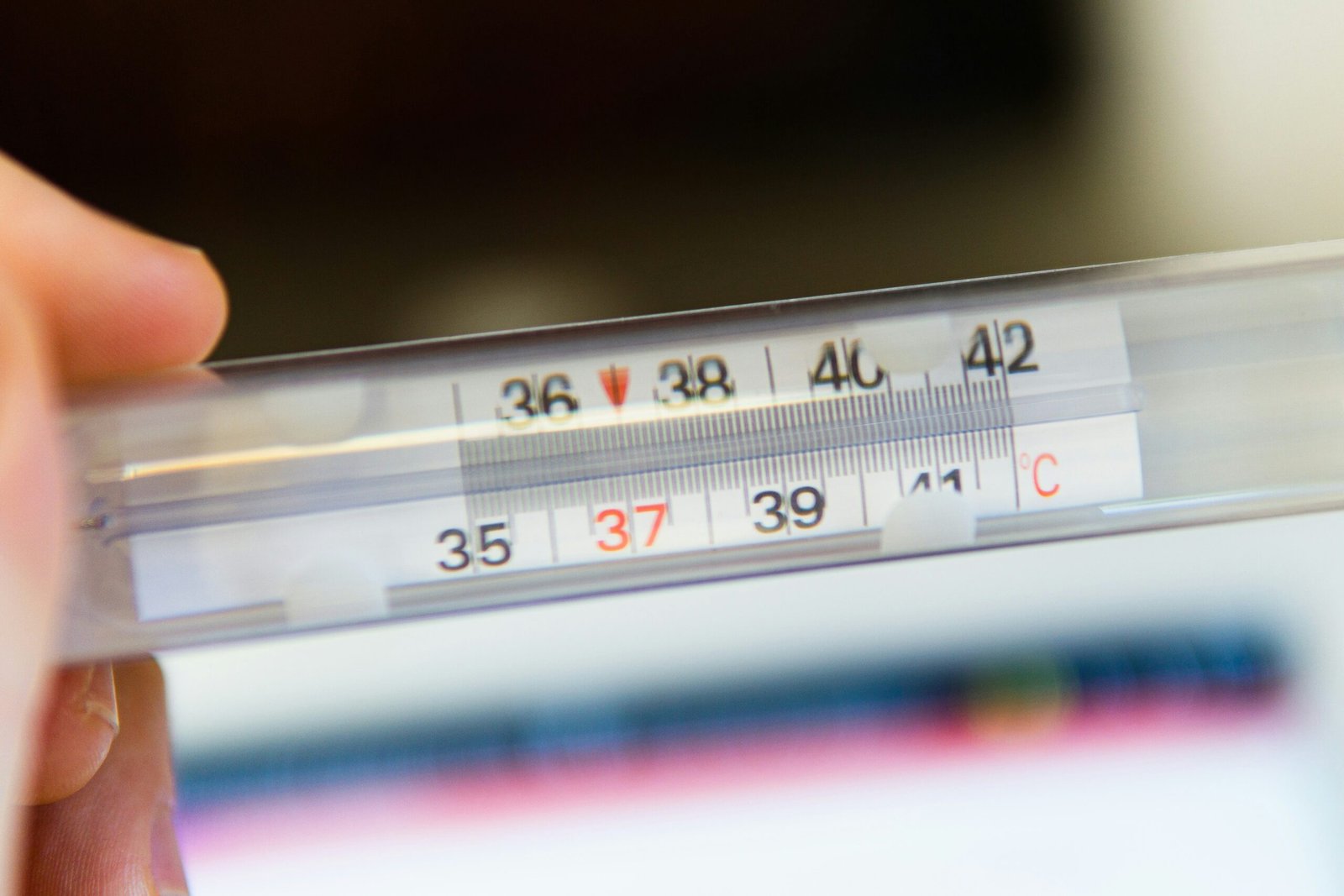Light-Controlled Molecular Devices: Revolutionizing Industries with Nanotechnology
March 18, 2024 | by Blog In Best

Columbia Engineers Develop Light-Controlled Molecular Devices
Advancements in nanotechnology are revolutionizing the way we interact with the world around us. The latest breakthrough comes from a team of engineers at Columbia University, who have developed light-controlled molecular devices that have the potential to transform various industries.
What are Light-Controlled Molecular Devices?
Light-controlled molecular devices are a new class of materials that can be manipulated and controlled using light. These devices are made up of molecules that have specific properties, such as the ability to change shape, conduct electricity, or emit light, when exposed to certain wavelengths of light.
By harnessing the power of light, these devices can be used to perform a wide range of functions, from storing and transmitting information to sensing and detecting changes in the environment. The possibilities are endless.
Applications in Medicine
One of the most promising applications of light-controlled molecular devices is in the field of medicine. These devices can be used to develop targeted drug delivery systems that release medication only when exposed to specific wavelengths of light.
This targeted approach has the potential to revolutionize the treatment of various diseases, such as cancer. By delivering medication directly to cancer cells and activating it using light, doctors can minimize the side effects of treatment and improve patient outcomes.
Impact on Electronics
Light-controlled molecular devices also have the potential to revolutionize the field of electronics. Traditional electronic devices rely on the flow of electrons to transmit and process information. However, the use of light-controlled molecular devices could enable the development of faster, smaller, and more energy-efficient devices.
Imagine a future where your smartphone is powered by light instead of a battery, or where computers can process information at the speed of light. These advancements could not only improve the performance of existing technologies but also open up new possibilities for the development of novel devices.
Environmental Applications
Light-controlled molecular devices can also have a significant impact on environmental sustainability. For example, these devices can be used to develop smart windows that automatically adjust their transparency based on the intensity of light.
By controlling the amount of light that enters a building, smart windows can help regulate temperature, reduce energy consumption, and improve the overall comfort of occupants. This technology has the potential to make buildings more energy-efficient and reduce their carbon footprint.
The Future of Light-Controlled Molecular Devices
The development of light-controlled molecular devices is still in its early stages, but the potential applications are vast. As researchers continue to explore and refine this technology, we can expect to see even more groundbreaking advancements in the coming years.
From medicine to electronics to environmental sustainability, the impact of light-controlled molecular devices is far-reaching. These devices have the potential to transform various industries and improve the quality of life for people around the world.
As we continue to push the boundaries of what is possible, it is important to remember that with great power comes great responsibility. The development and use of light-controlled molecular devices should be guided by ethical considerations and a commitment to the greater good.
In conclusion, the development of light-controlled molecular devices by Columbia engineers is a significant milestone in the field of nanotechnology. This breakthrough opens up new possibilities for targeted drug delivery, faster and more energy-efficient electronics, and environmentally sustainable solutions. The future is bright for light-controlled molecular devices, and we can’t wait to see what the future holds.
RELATED POSTS
View all




